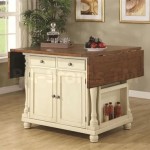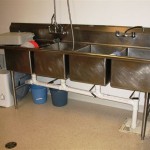Kitchen walls are often the focal point of any home, so it is important to choose the right paint to bring life and energy to your kitchen. Whether you are looking for a bold statement or something more subtle, there are a variety of paint options that can transform your kitchen space. From classic earth tones to modern pastels and vibrant hues, here are some ideas to help you find the best paint for your kitchen walls.
Choosing the Right Paint Color
When selecting paint for your kitchen walls, it is important to consider the overall look and feel of the room. If you want to create a bright and airy space, consider light and neutral shades such as whites, beiges, and greys. For a more modern look, consider bolder colors such as blues, greens, and purples. If you want to make a statement, try brighter colors like yellows, oranges, and reds. No matter what color you choose, make sure to select a paint finish that is washable, durable, and easy to clean.
Types of Paint for Kitchen Walls
When it comes to choosing the right paint for your kitchen walls, there are several types to choose from. Latex paints are a popular choice as they offer durability and easy cleanup. For a more luxurious look, consider using an eggshell or satin finish as these finishes are more resistant to stains and scratches. If you are looking for a more durable option, consider using an epoxy paint as it is highly resistant to moisture and heat.
Accent Walls
If you are looking to add some extra flair to your kitchen walls, consider adding an accent wall. An accent wall is a great way to add color and texture to your kitchen without overwhelming the space. Consider using a bold color like red or blue to create a striking focal point or a more subtle hue like grey or beige to create a sense of warmth. You can also use wallpapers and wall decals to create a unique look.
Tips for Painting Kitchen Walls
When painting your kitchen walls, it is important to take the necessary steps to ensure a professional-looking finish. Make sure to prepare the walls by cleaning and sanding them prior to painting. Also, use painter’s tape to protect adjacent walls and moldings from any accidental paint splatters. Lastly, apply multiple thin coats instead of one thick coat to ensure even coverage.















Related Posts








